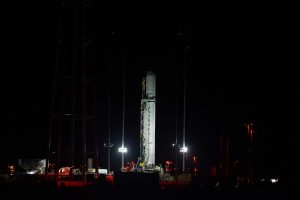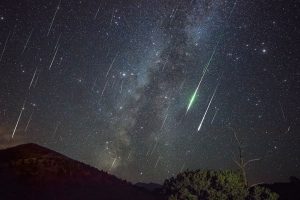NASA completed a fuelling test on Wednesday despite grappling with two leaks and various technical issues.
Speaking to Bloomberg, Artemis I launch director, Charlie Blackwell-Thompson said that the team had completed the objectives they had set out to do. However, she did not say when the Artemis I would launch next. The launch will be the debut of the Space Launch System in the Artemis programme. NASA had mentioned earlier this month that their earliest launch window would come on September 27.
The Wednesday test filled the SLS with super cold propellant in an attempt to simulate the fuelling process on the day of the launch.
Also Read | NASA’s Artemis vs China’s Chang’e: A Moon mission comparison
The first leak has been characterised as “manageable” according to Bloomberg who spoke to one of NASA’s engineers. The first one was fixed but was similar to the one that led to the second launch attempt on September 3 to be cancelled. The technical issues, however, left the engineers “scratching their heads.” Despite a second leak, the fuelling test was completed.
NASA engineers continue to remain concerned about the leaks that have popped up. If such a leak occurs on a launch day, then the SLS system would not be able to fly. The space agency has still not been able to pinpoint the leaks as they seem to be increasing and decreasing throughout tests, according to the Bloomberg report.
Also Read | NASA’s Artemis vs China’s Chang’e: A Moon mission comparison
Following the scrubbed launch attempt on September 3, NASA decided to replace the parts while on the launch platform causing the leak as opposed to sending the SLS back to the hanger, which could have caused a longer delay. While engineers weren’t sure what was causing the leak, investigation revealed that debris from an unknown object had made its way into the SLS.
Should NASA’s engineers manage to successfully clear the fuelling process on September 27, the Artemis I mission will send an uncrewed Orion crew capsule around the moon. The mission is show that the SLS and the Orion spacecraft are working as intended.







